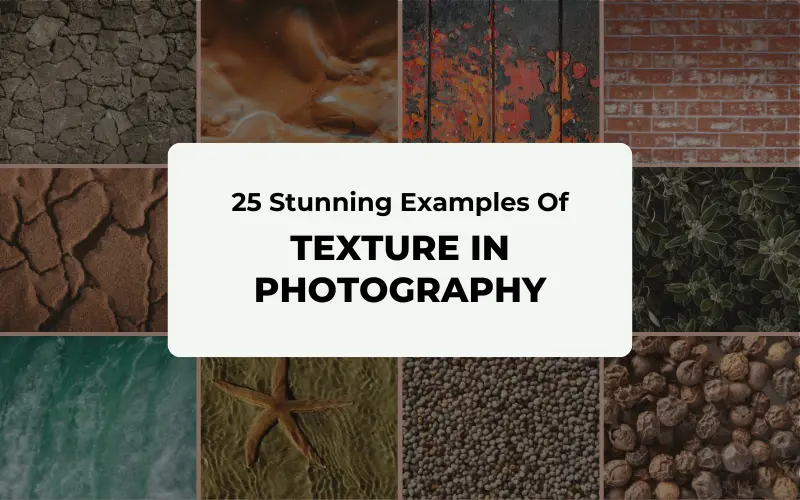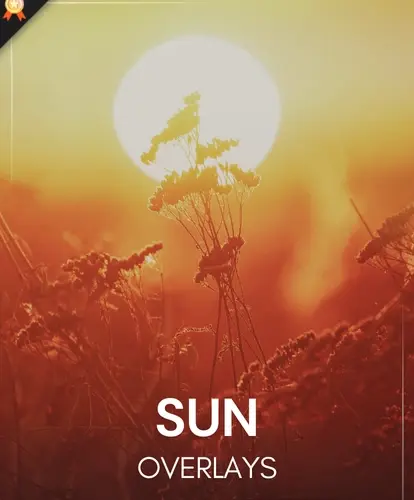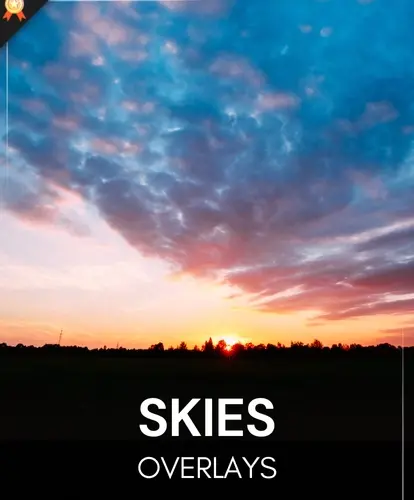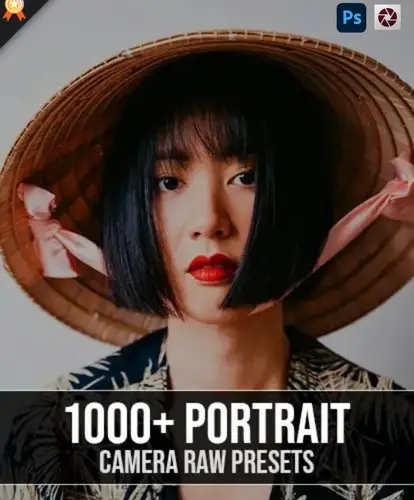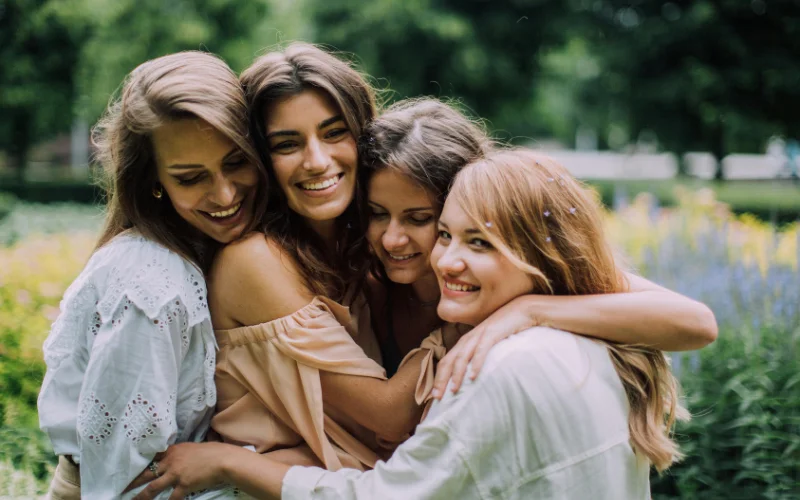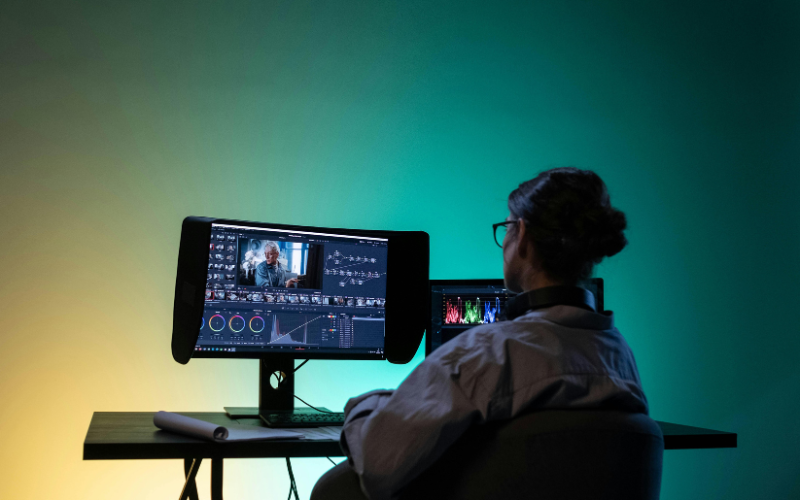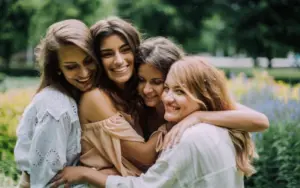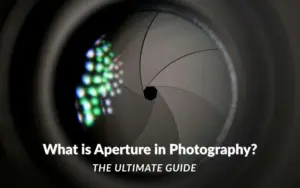Photography is more than just capturing what you see; it’s about conveying what you feel. Texture, an often-overlooked element, adds depth and dimension to an image, transforming it into something almost tangible. When done right, texture draws viewers in, inviting them to experience the photo with their imagination and senses. Textures make images dynamic and alive, from rough and rugged to soft and delicate. In this blog, we’ll explore 25 inspiring examples of texture in photography, categorized to help you find the perfect subject for your next creative project. We’ll uncover photography tips for using texture effectively and discuss how it enhances your storytelling.
Table of contents
- What Are Textures In Photography?
- How To Incorporate Different Types Of Texture In Photography?
- Where Can You Find Textures?
- How To Use Texture In Photography Portraits?
- How To Edit Textures In Photography?
- How To Use Light To Add Depth To Your Textures?
- How To Make Your Own Textures?
- How to Photograph Textures – Settings & Camera Tips
- Final Thoughts On Examples Of Texture In Photography
What Are Textures In Photography?
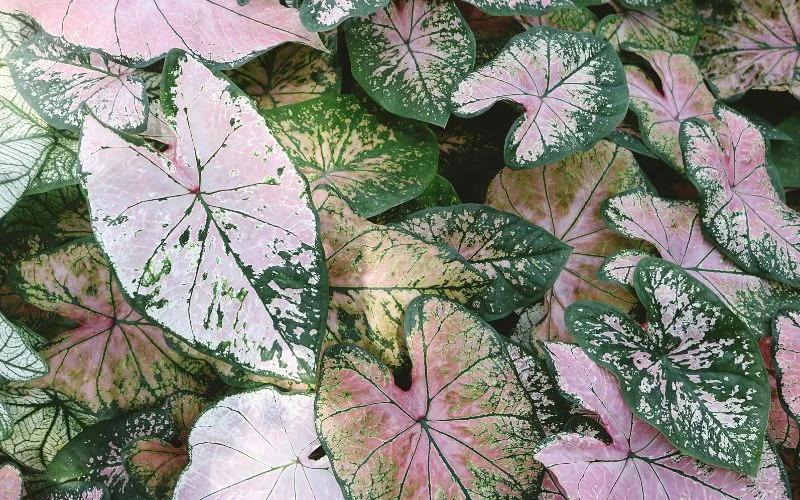
Texture in photography refers to the visual or tactile quality of a surface that can evoke a sense of touch or dimensionality. It’s a way to make your images feel real, as though the viewer could reach out and run their fingers across the surface. Texture can range from the fine grains of sand to the intricate weave of fabric or the rugged cracks of tree bark. Photographers add depth, contrast, and intrigue to their images by emphasizing texture, making them more engaging.
Texture works best when paired with strategic lighting. Side lighting, for instance, creates shadows that highlight the grooves and details of a textured surface. On the other hand, soft or diffused light brings out subtle textures, making them appear more delicate and inviting. Whether you’re shooting landscapes, portraits, or macro photography texture subjects, understanding texture helps elevate your work and create more compelling images.
Natural Textures In Photography
Nature offers some of the most mesmerizing examples of texture in photography. From rough surfaces to intricate patterns, natural textures have a timeless appeal.
1. Tree Bark
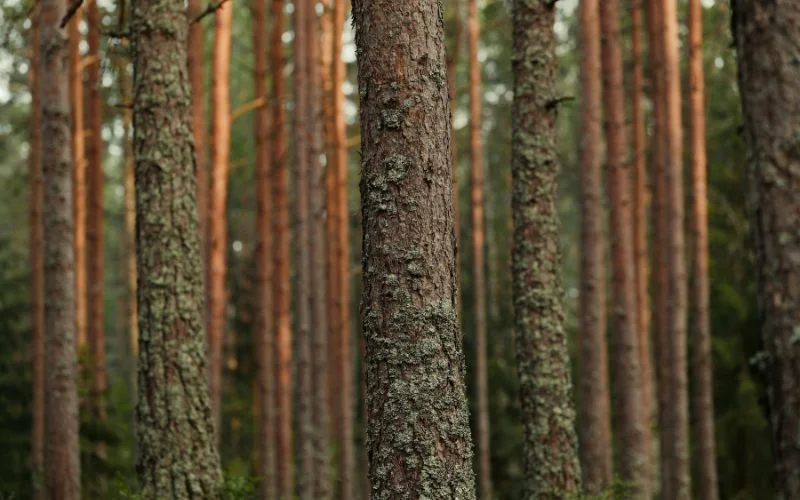
Tree bark is one of the most iconic examples of natural texture photography. Its rough and uneven surface tells a story of growth, age, and resilience. A close-up shot can reveal fascinating patterns, ridges, and cracks that make each tree unique. To capture the texture effectively, try photographing in soft light during the early morning or late afternoon.
Side lighting works exceptionally well to emphasize the shadows within the grooves. Macro photography is another great way to highlight the intricate details of bark, making even the smallest patterns stand out.
2. Rippled Sand
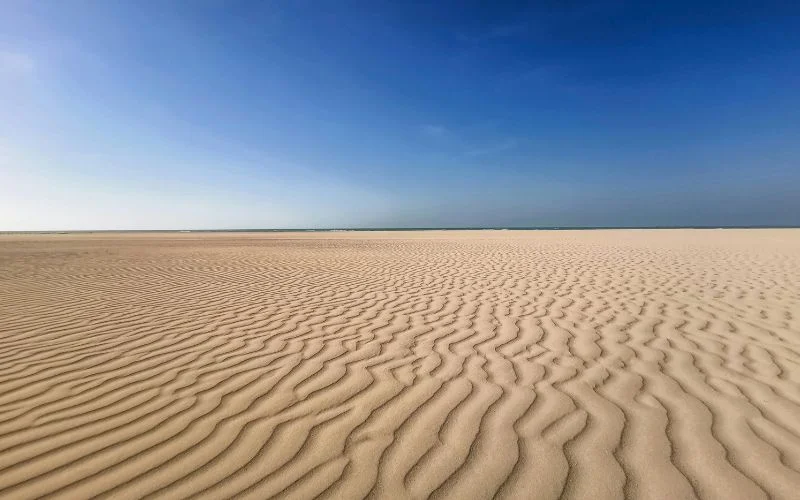
The ripples formed in sand dunes or along beaches are stunning examples of photographic texture. The repeating patterns, shaped by wind and water, create a calming rhythm in your images.
These textures are incredibly captivating during golden hours when the sun’s low angle enhances the shadows and depth of the ripples. Whether photographing the vast expanse of a desert or a small patch of sand at the beach, these textures add a sense of movement and tranquility to your shots.
You might also like: Top Photography Trends That Are Worth Following
3. Frost On Leaves
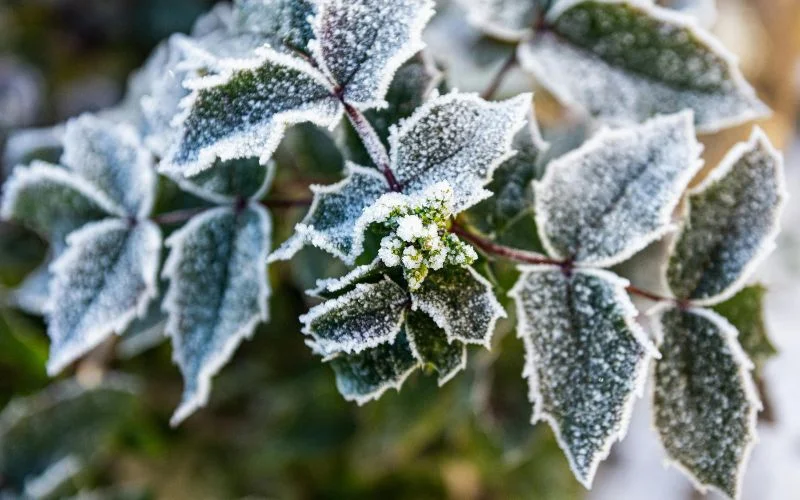
Winter mornings offer unique opportunities for capturing texture. Frost-covered leaves are a classic subject, with their delicate icy patterns creating a magical effect.
Macro photography texture techniques work wonderfully here, allowing you to focus on the intricate designs formed by the frost. The combination of organic shapes and crystalline structures makes these textures feel almost otherworldly, perfect for creating dreamy and captivating images.
4. Rocks & Pebbles
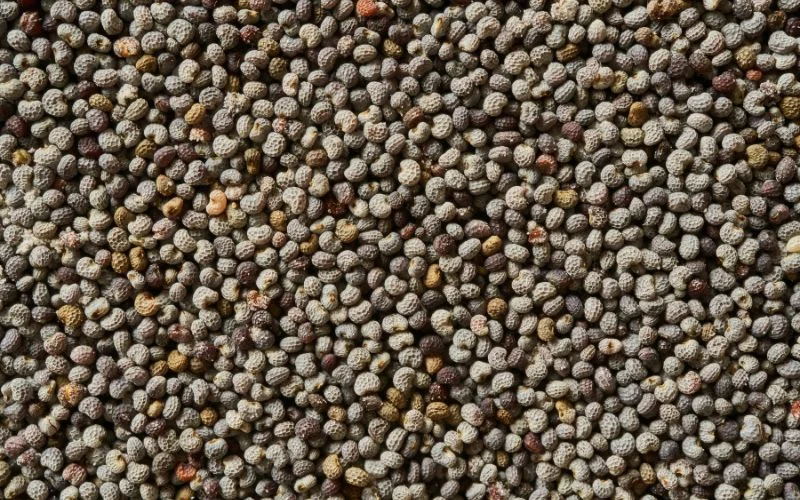
From smooth, polished stones on a riverbank to jagged rocks in a mountain landscape, rocks offer a variety of textures. The patterns formed by erosion and weathering add character and visual interest to your photos. Experiment with different compositions to showcase the contrast between textures, such as smooth pebbles against rough terrain.
5. Tree Rings
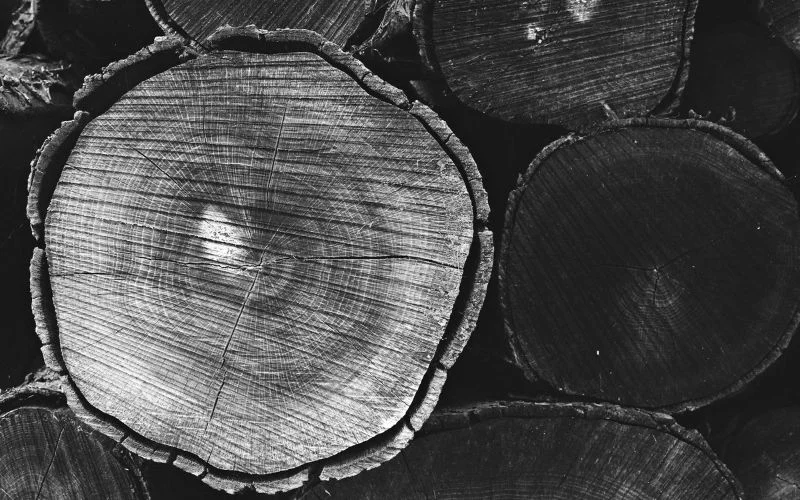
A cross-section of a tree trunk reveals its growth rings, a fascinating subject for macro photography and texture exploration. Each ring tells a story of the tree’s life, making it both visually and conceptually intriguing.
Urban Textures In Photography
Cities are full of textures that tell stories of human activity, decay, and history. Urban textures often bring an edgy or gritty feel to your photographs.
Check out: Free Real Estate Lightroom Presets
6. Brick Walls
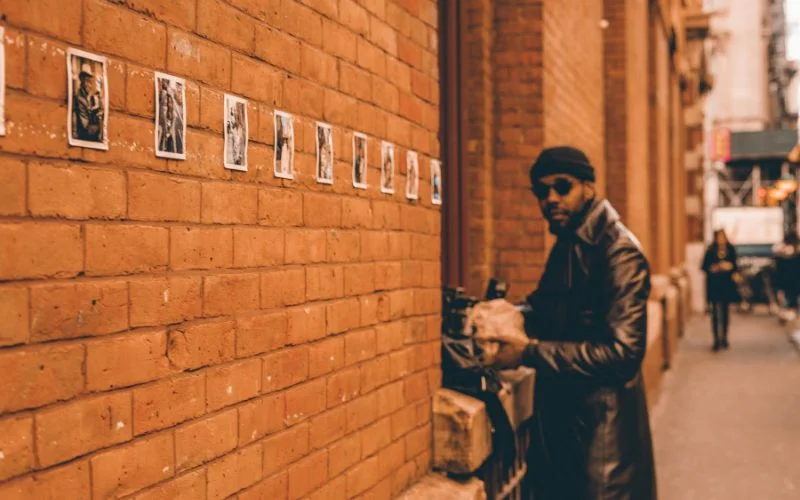
Brick walls are a staple in urban photography and offer endless possibilities for showcasing texture. Whether it’s a pristine, freshly painted wall or an old, weathered one, the texture of bricks adds depth and character to your photos.
Close-ups can reveal the roughness of individual bricks, while a wider shot might capture the pattern and structure of the entire wall. Urban texture photography thrives on imperfections, so don’t shy away from shooting cracked or uneven brickwork. Experiment with different angles and lighting to find what works best.
7. Peeling Paint
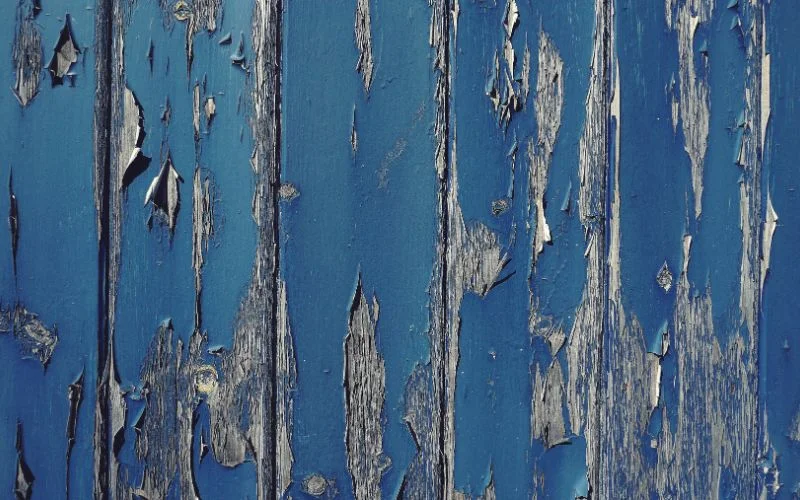
Peeling paint is another fascinating example of texture in photography. The layers of flaking paint reveal underlying surfaces, creating a raw and dramatic effect. This type of texture art photography works well in abandoned buildings or old industrial sites, where the decay adds an extra layer of intrigue.
The interplay of colors and the organic shapes formed by the peeling paint make for a striking abstract composition. Shooting up close lets you focus on the intricate details, turning something mundane into a captivating image.
8. Rusty Metal
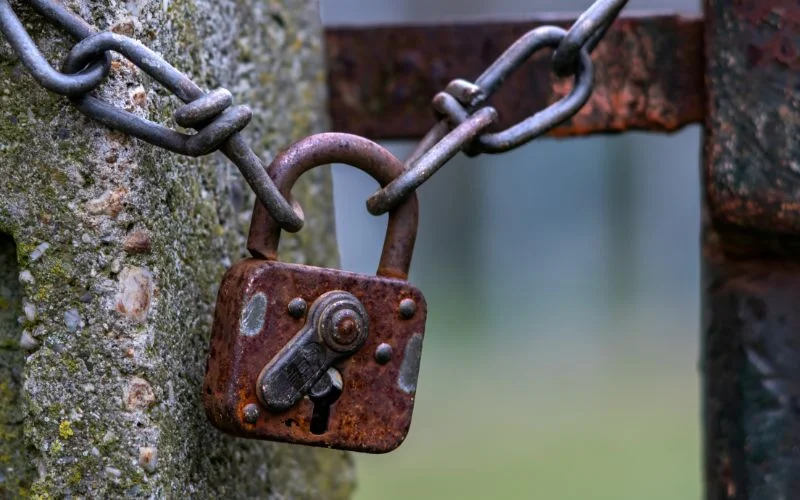
Rusty metal surfaces provide rich textures and warm tones that are perfect for storytelling. From old machinery to abandoned vehicles, rust adds a sense of history and nostalgia to your photos.
The uneven surface of rust and its vibrant hues create an organic pattern that contrasts beautifully with its industrial origins. Use side lighting to highlight the roughness and the rust’s details.
9. Graffiti
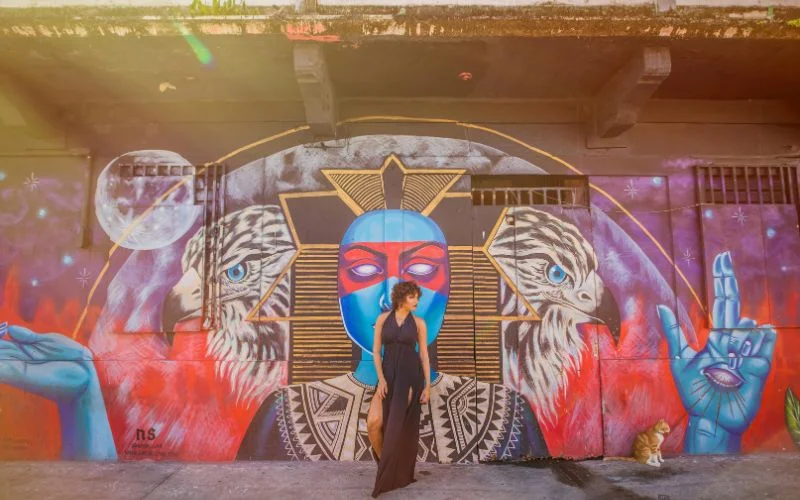
Graffiti-covered walls offer a mix of textures, from the smoothness of fresh paint to the roughness of concrete. The interplay of colors and patterns adds energy to your composition, making it an excellent subject for street photography.
10. Cobblestone Streets
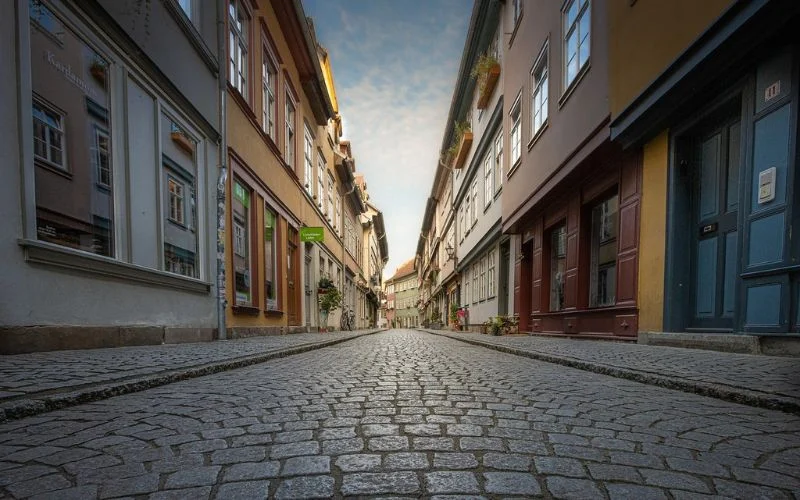
Cobblestone streets are timeless examples of texture photography, their uneven surfaces adding character and charm. Shooting at an angle can emphasize the depth and pattern of the stones, creating a sense of movement in your photos.
You might also like: Aesthetic Profile Picture Ideas for Every Platform
Organic Textures In Photography
Organic textures come from living things, offering intricate patterns and captivating natural designs.
11. Leaf Veins
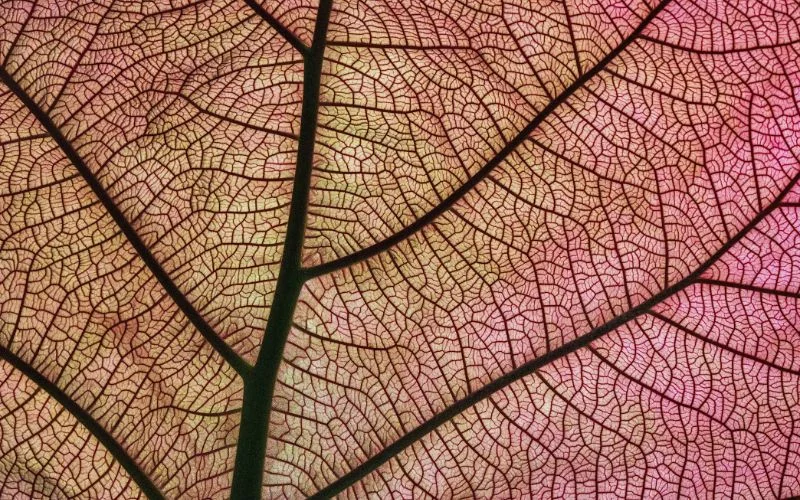
Leaves are among the most versatile subjects for exploring textures in photography. A leaf’s intricate network of veins provides a stunning example of how nature creates artwork.
Macro photography texture techniques are ideal for capturing these details, especially when using backlighting to make the veins stand out. By focusing on a single leaf, you can create an abstract composition highlighting the beauty of nature’s design.
12. Animal Fur & Feathers
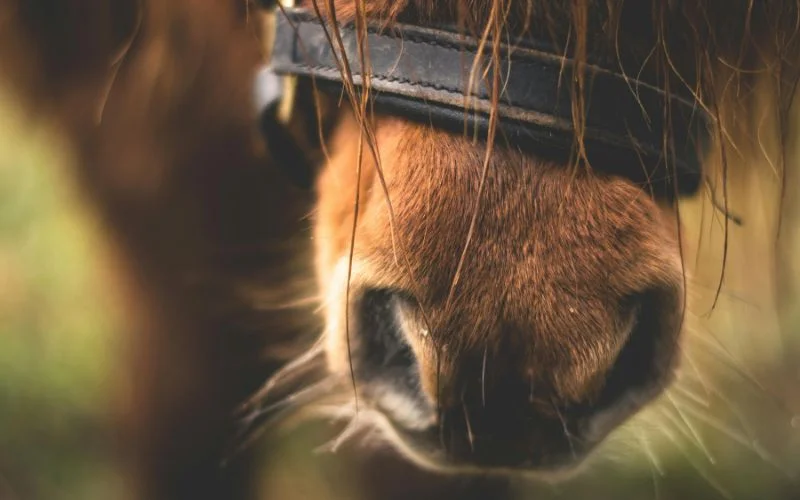
The textures found in animal fur and feathers are both delicate and dynamic. The softness of fur can evoke warmth and comfort, while the intricate patterns in feathers add a sense of elegance and complexity.
Capturing these textures requires patience and good lighting. Natural light best showcases the true colors and details of fur and feathers. These examples of texture photography are visually appealing and help convey the personality and essence of your subject.
13. Tree Roots
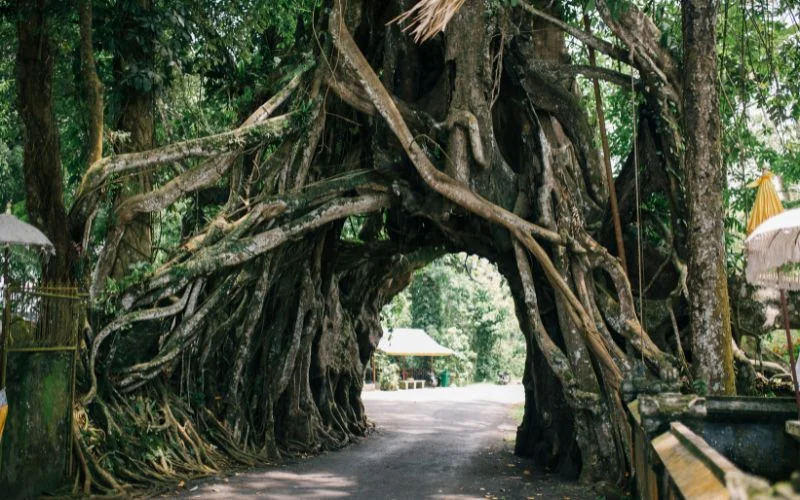
Exposed tree roots, with their winding, gnarled forms, provide fascinating examples of texture in photography. The interplay of light and shadow enhances their three-dimensionality, creating dramatic and engaging images.
14. Mushrooms & Fungi
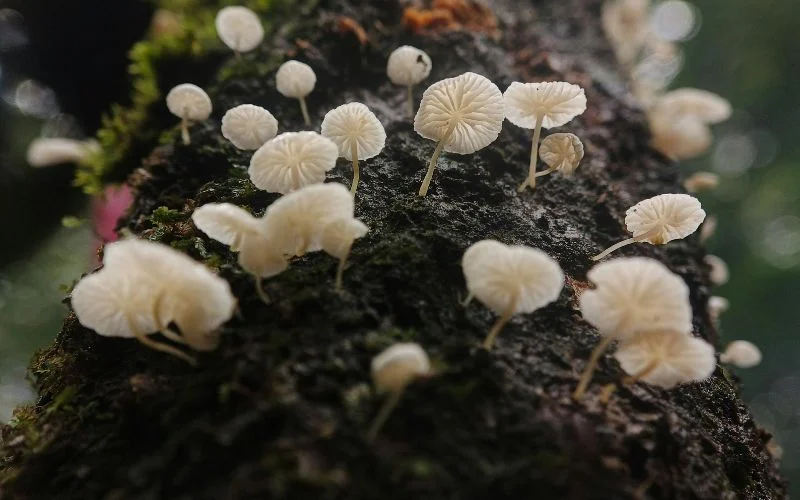
Mushrooms and fungi offer unique textures, from the smooth caps of toadstools to the frilled edges of shelf fungi. Their organic shapes and earthy colors make them intriguing subjects for nature photography.
Abstract Textures In Photography
Abstract textures focus on a surface’s form, pattern, and feel rather than its identity. They invite the viewer to interpret the image in their own way.
15. Cracked Earth
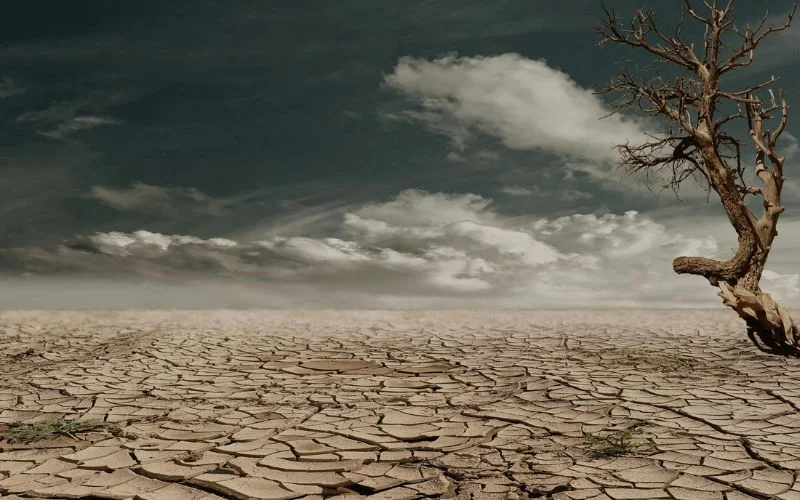
Cracked earth, often found in arid regions, is a compelling subject for texture art photography. Its fragmented patterns symbolize resilience and the harshness of nature.
Shooting from above allows you to emphasize the abstract nature of the cracks, turning a simple scene into a work of art. This type of natural texture photography can evoke a sense of drama and introspection, making it ideal for storytelling.
16. Foamy Water
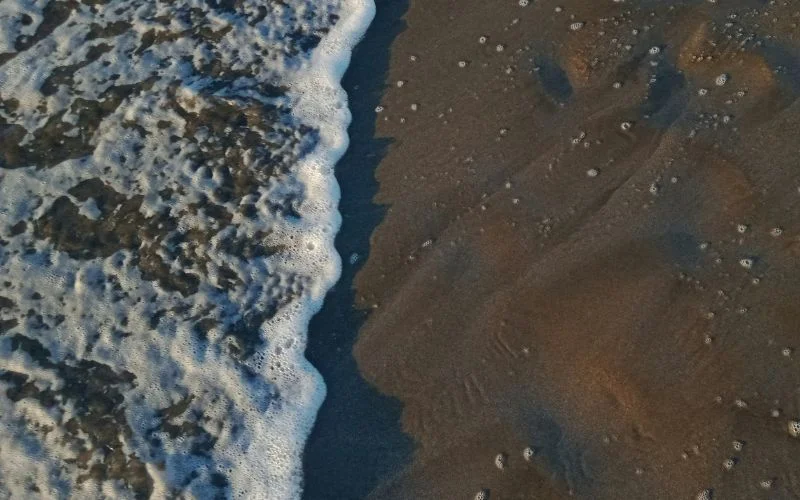
The dynamic texture of foamy water, whether in the ocean or a bubbling stream, brings energy to your photos.
The interplay of light and movement creates ever-changing patterns of bubbles, making each shot unique. A faster shutter speed can freeze the bubbles in sharp detail, while a slower shutter speed can blur the foam into soft, flowing shapes.
17. Smoke Or Vapor
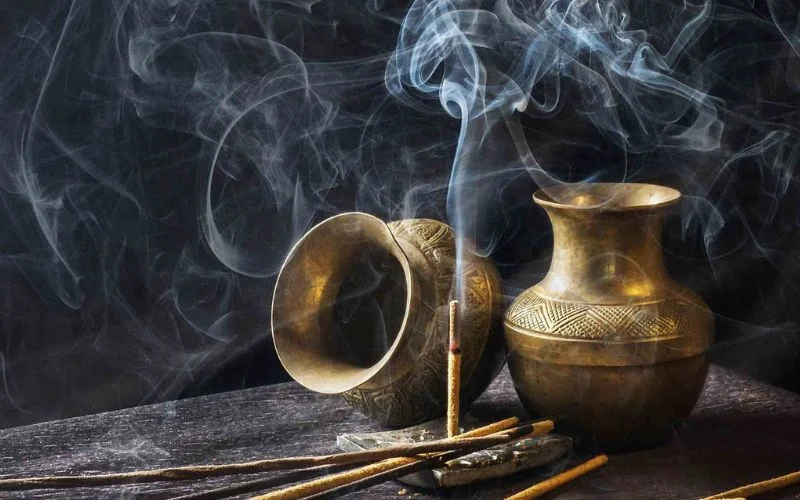
The ethereal nature of smoke or vapor creates mesmerizing textures. These abstract forms are constantly changing, making each shot unique. Experiment with backlighting to enhance the texture and build a sense of depth.
Textile Textures In Photography
Textile textures blend craftsmanship and creativity, perfect for adding warmth and personality to your photos.
18. Knitted Sweaters
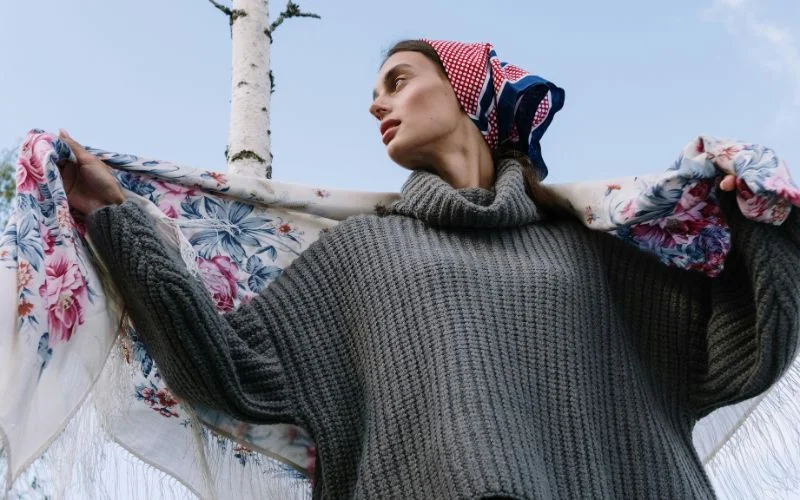
The interwoven texture of a knitted sweater makes it a cozy and inviting subject for photography. Close-up shots of the stitches highlight the intricate patterns and craftsmanship involved. These photography texture examples are perfect for capturing the essence of warmth and comfort, especially during colder months.
You might also like: Photo Manipulation Ideas To Bring Surrealism Into Your Photography
19. Woven Baskets
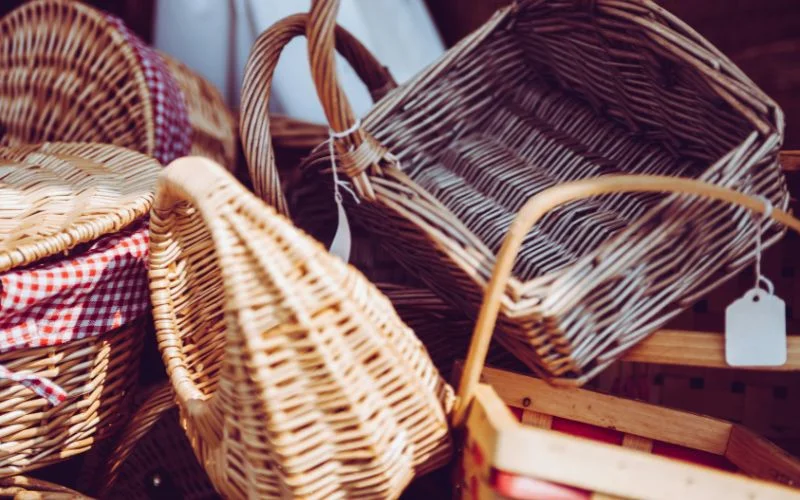
Woven baskets and rugs showcase the artistry of traditional craftsmanship. Their repeating patterns and earthy tones provide a rich tactile and visually appealing texture. These types of textures in photography work well in lifestyle or product photography, adding a touch of authenticity to your images.
20. Lace & Embroidery
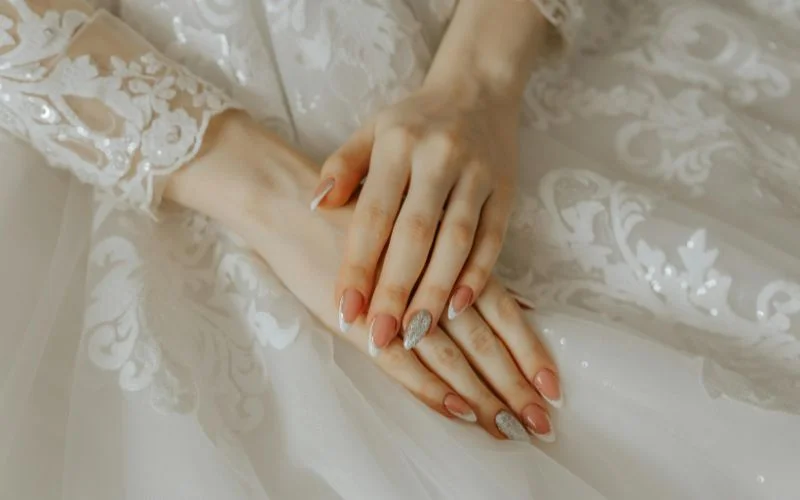
The delicate patterns of lace and embroidery provide elegant textures perfect for soft, romantic compositions. Experiment with lighting to enhance the intricate details without overpowering them.
Surface Textures In Photography
Surface textures can be found all around you, offering a variety of patterns and feels.
21. Weathered Wood
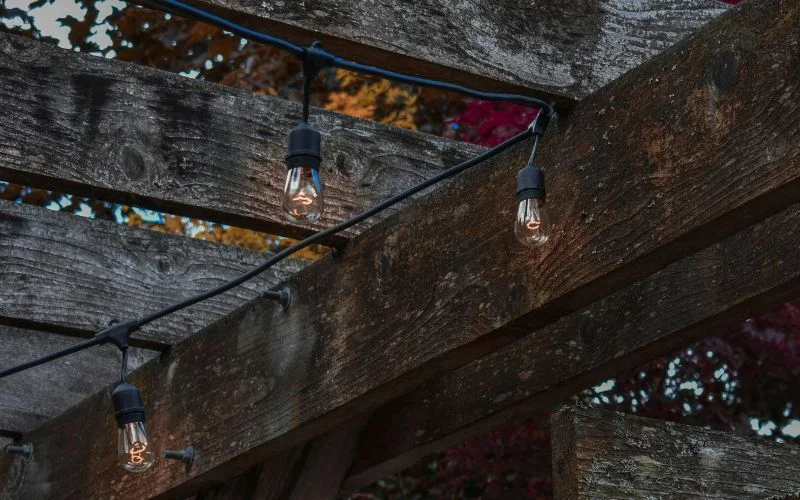
Old, weathered wood has a character all its own. Its rough surface, with cracks and knots, tells a story of time and use. Shooting in soft, natural light brings out the warm tones and rich textures of the wood.
22. Frosted Glass
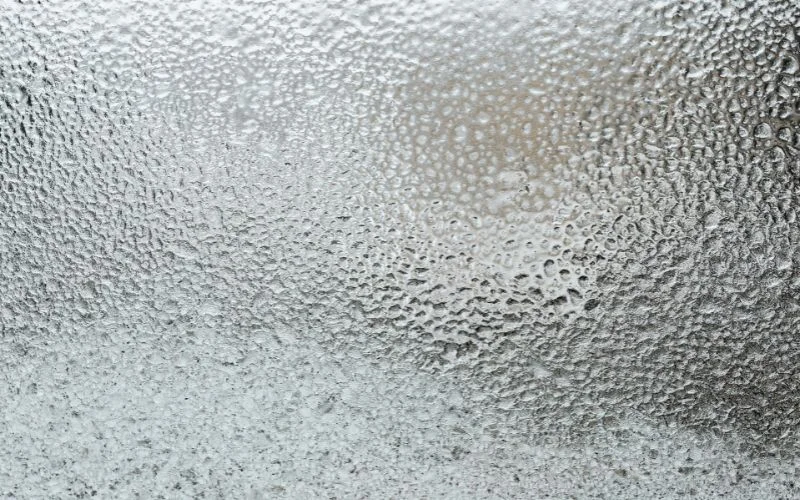
Frosted glass provides a dreamy, ethereal texture that blurs the line between reality and abstraction. The way light filters through the glass creates soft patterns perfect for adding mood and intrigue to your photos.
People’s Textures In Photography
The human body offers unique textures that add depth and emotion to portrait photography.
23. Wrinkled Hands
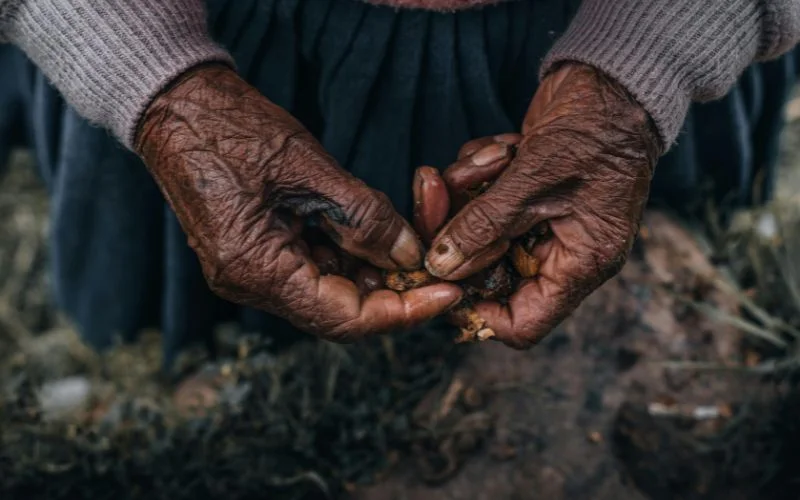
The texture of an elderly person’s hands, with their wrinkles and veins, tells a story of experience and resilience. Black-and-white photography enhances these textures, adding a sense of timelessness and emotion to the image.
24. Freckles & Skin
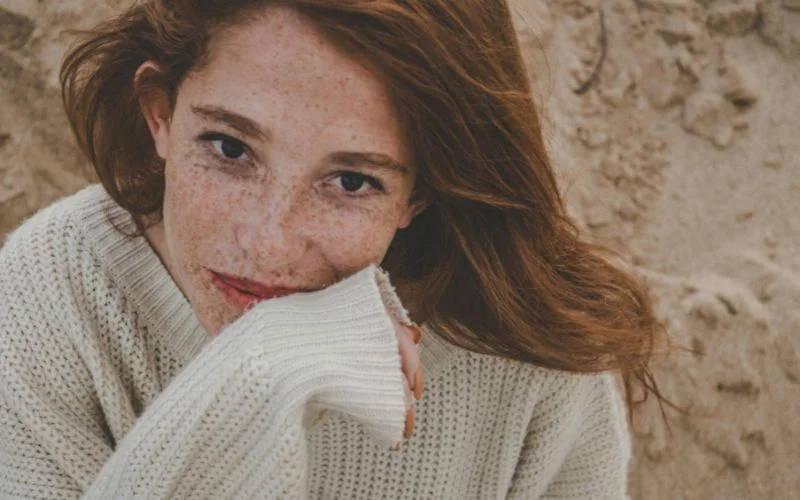
Skin texture, whether the freckles of a young face or the fine lines of age, brings authenticity to portraits. Capturing these details makes your subject feel real and relatable, creating a deeper connection with the viewer.
25. Hair & Beard Textures
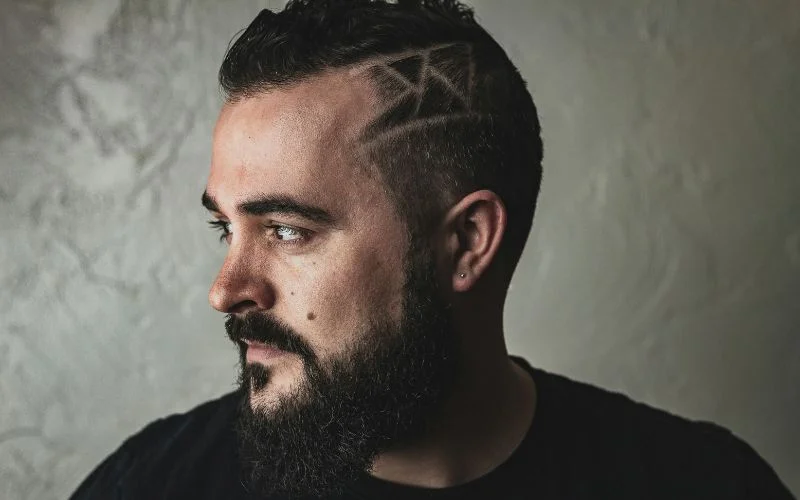
Close-ups of hair or beards can showcase their intricate patterns and textures. These details add character to portraits, emphasizing individuality.
How To Incorporate Different Types Of Texture In Photography?
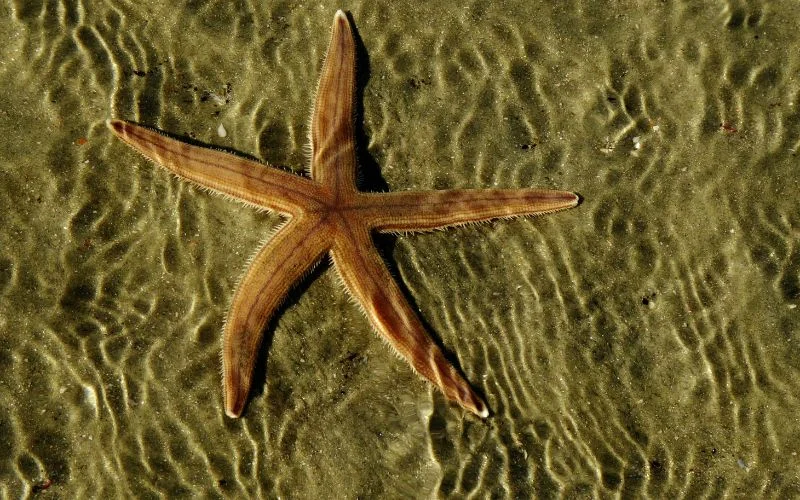
Now that you’ve seen these stunning examples, how can you start incorporating texture into your work? Begin by observing your surroundings with a keen eye for detail.
Notice how light interacts with different surfaces, and experiment with angles and macro photography to bring out the texture. Side lighting often best emphasizes texture, while soft, diffused light can highlight delicate details.
Texture is everywhere—from the bark of a tree to the fabric of a sweater, from the veins of a leaf to the wrinkles on a face. Incorporating these textures into your photography will add layers of depth and invite viewers to experience your photos in a whole new way.
Where Can You Find Textures?
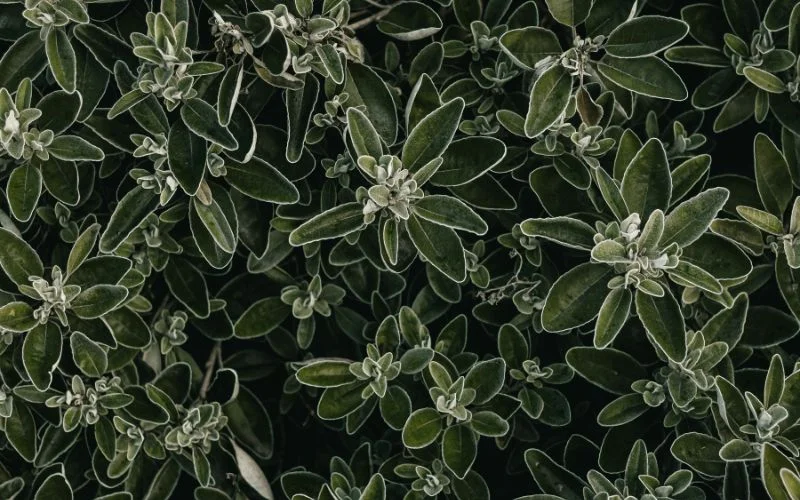
Textures are everywhere, from the natural world to urban environments. You’ll find textures in nature in bark, leaves, sand, and stones. Cities offer brick walls, rusted metal, and peeling paint. Textiles like woven fabrics and knitted materials add warmth and personality.
Even everyday objects like steaming coffee or a frosted window can become a texture source. Keep your eyes open and think creatively—you’ll find textures in the most unexpected places.
You might also like: Illusion Photography Uncovered: Types, Tips & Examples
How To Use Texture In Photography Portraits?
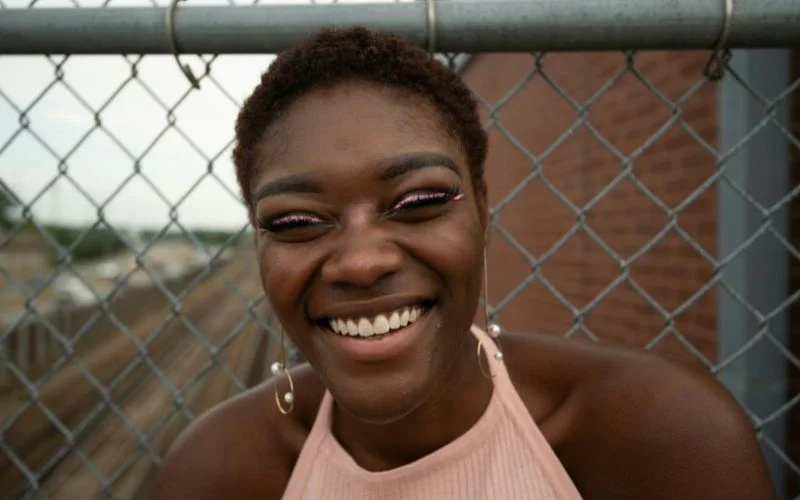
In portrait photography, texture can enhance your story by adding depth and context. Placing your subject in front of a textured background, like a rustic wall or a field of tall grass, makes the portrait feel dynamic. You can also focus on the textures of your subject, such as their clothing, skin, or hair, to create a more intimate
connection. Side lighting works well for emphasizing texture, while soft lighting can capture subtle details. The key is to balance texture with your subject so that neither overpowers the other.
How To Edit Textures In Photography?
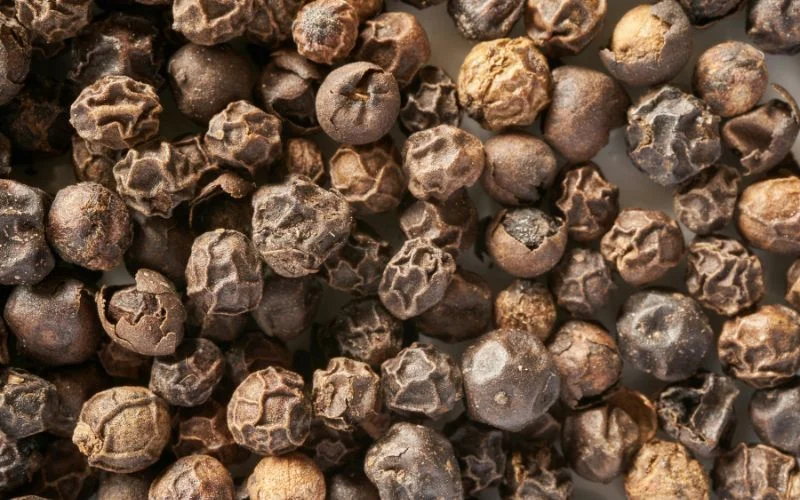
Editing is a powerful tool for enhancing texture in photography. Adjustments during post-processing allow you to emphasize details, add depth, and even create new textures. Here’s how to do it:
1. Adjusting Contrast & Clarity
Increasing contrast highlights the differences between light and dark areas, making textures pop. Tools like the Clarity slider in Adobe Lightroom or similar software add mid-tone contrast, which is particularly effective for highlighting texture details in surfaces like bark, fabric, or brick walls.
2. Using Sharpening Tools
Sharpening enhances your image’s edges and fine details, making textures stand out. Be cautious not to overdo it, as excessive sharpening can introduce noise, which may detract from the overall quality.
3. Working With Shadows & Highlights
Manipulating shadows and highlights can add depth and drama to your textures. Deepening shadows emphasize grooves and patterns, while subtle highlight adjustments make surfaces glisten or shimmer.
4. Employing Texture-Specific Presets
Many photo editing platforms offer presets designed to enhance texture. For example, presets for landscapes often emphasize natural textures like foliage and rock, while portrait presets can enhance skin texture and hair details.
5. Layering Textures
You can overlay textures onto your photo using software like Photoshop for a more artistic approach. For instance, you might add a grungy texture to an urban shot or a soft, dreamy texture to a portrait. Adjust the blending mode and opacity to ensure the added texture complements, rather than overwhelms, the original image.
How To Use Light To Add Depth To Your Textures?
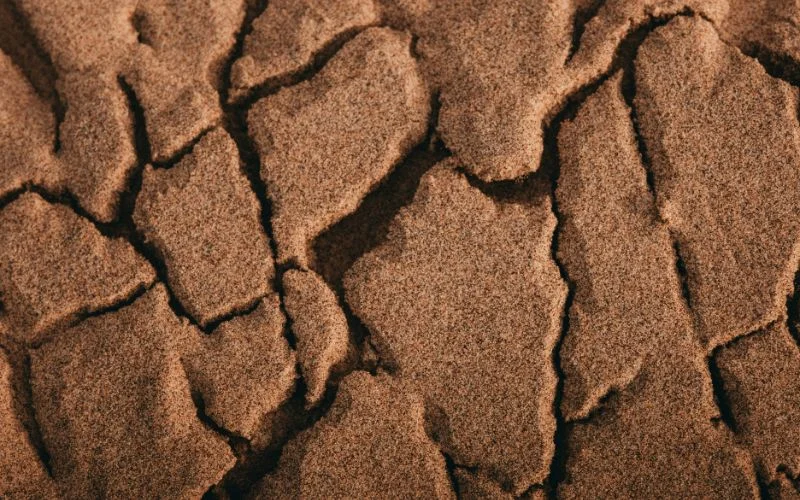
Light is one of the most essential elements in texture photography, as it defines and enhances the details of a surface. Here are ways to use light effectively:
1. Side Lighting
Side lighting, where the light source is at a 90-degree angle to the subject, casts shadows that emphasize grooves and patterns. This technique works well for rough textures like tree bark, stone walls, or fabric folds.
2. Backlighting
Backlighting illuminates the edges and outlines of your subject, creating a glowing effect that highlights textures in translucent objects like leaves, feathers, or frosted glass.
3. Diffused Light
Soft, diffused light is ideal for subtle textures, like skin’s smoothness or lace patterns. You can achieve this effect by shooting on overcast days or using a diffuser in studio settings.
4. Directional Light
Directional light, like sunlight streaming through a window, creates strong contrasts and accentuates textures. Experiment with angles to find the most flattering light for your subject.
You might also like: Alignment Photography – Importance, Tips, and Examples
5. Artificial Light
In controlled environments, artificial lighting allows you to manipulate light’s intensity, color, and direction to highlight textures. Try using a single light source to create dramatic shadows or multiple lights for even illumination.
How To Make Your Own Textures?
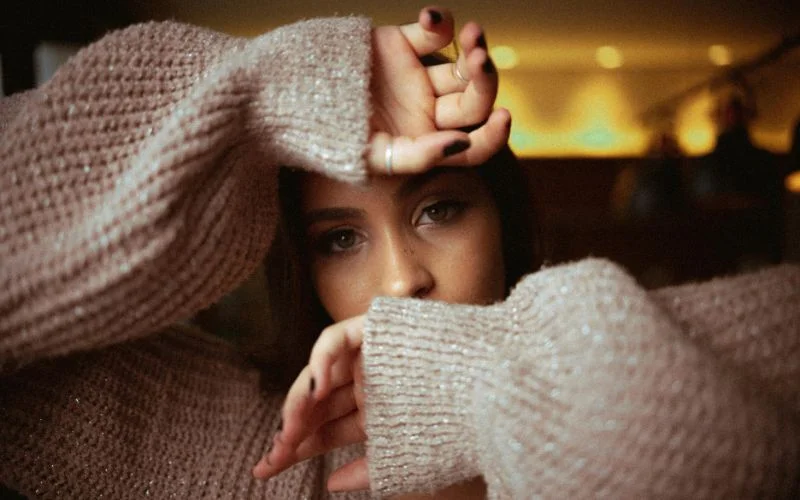
Creating your textures allows you to add a personal touch to your photography. Here’s how you can do it:
1. Use Everyday Objects
Household items like crumpled paper, aluminum foil, or scratched plastic can serve as unique texture sources. Photograph these objects up close to capture their intricate details.
2. Experiment With Paints & Inks
Dripping, splattering, or smudging paint and ink on paper creates abstract textures that can be photographed or scanned. These are particularly useful for overlaying in post-processing.
3. Explore Nature
Collect natural items like leaves, rocks, or shells and arrange them creatively. Photographing these items under different lighting conditions can produce various natural texture photography effects.
4. Create Fabric Patterns
Textiles like lace, burlap, or knitted fabric offer endless opportunities for texture creation. Experiment with layering or stretching the fabric to create unique patterns.
5. Play With Water & Ice
Water droplets on a smooth surface or cracks in a sheet of ice make for fascinating photography texture examples. Use macro photography to emphasize the fine details of these elements.
How to Photograph Textures – Settings & Camera Tips
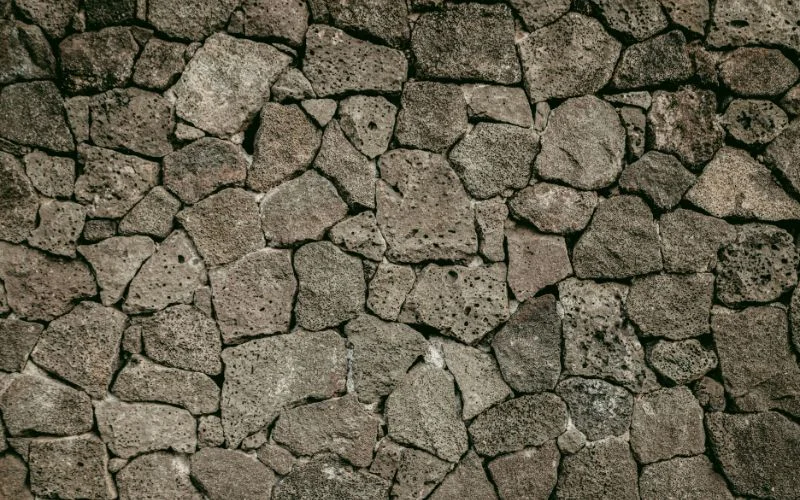
Capturing textures requires attention to detail and the proper camera settings. Follow these tips to get the best results:
1. Use A Macro Lens
A macro lens is perfect for capturing the intricate details of textures. It lets you focus closely on your subject, bringing out every groove, crack, or pattern.
2. Choose A Narrow Aperture
A narrow aperture (high f-stop number, like f/11 or f/16) increases the depth of the field, ensuring that more of the texture is in focus. This is especially useful for capturing surfaces like cobblestone streets or patterned fabrics.
3. Keep Your ISO Low
A low ISO (e.g., 100 or 200) minimizes noise, which is crucial when capturing fine textures. Noise can obscure the details that make textures visually appealing.
4. Pay Attention To Lighting
Use natural light for organic textures like leaves or sand, and experiment with artificial light for controlled environments. Remember that the angle and quality of light greatly influence the appearance of textures.
5. Steady Your Camera
Use a tripod to keep your camera steady, especially when shooting at slower shutter speeds. This ensures that every detail of the texture is sharp and clear.
You might also like: Paw-some Dog Photoshoot Ideas To Capture Your Furry Friend
6. Experiment With Angles
Shooting from different angles can drastically change how a texture appears. A straight-on angle emphasizes symmetry, while an oblique angle adds depth and dimension.
7. Post-Process Thoughtfully
Finally, fine-tune your textures during editing. Adjust contrast, clarity, and sharpening to emphasize the details, and don’t be afraid to experiment with creative techniques like texture overlays.
With these strategies, you’ll capture stunning textures and bring them to life in ways that inspire and engage your audience. Whether you’re photographing natural elements, urban scenes, or abstract compositions, textures are a gateway to creating more dynamic and visually compelling images.
Final Thoughts On Examples Of Texture In Photography
Texture in photography has the power to elevate your images from ordinary to extraordinary. By exploring these examples of texture in photography, you can find inspiration to create photos that resonate with depth and meaning. So grab your camera, see your textures, and let your creativity flow!
Like this post? Check out more amazing photography content here.
